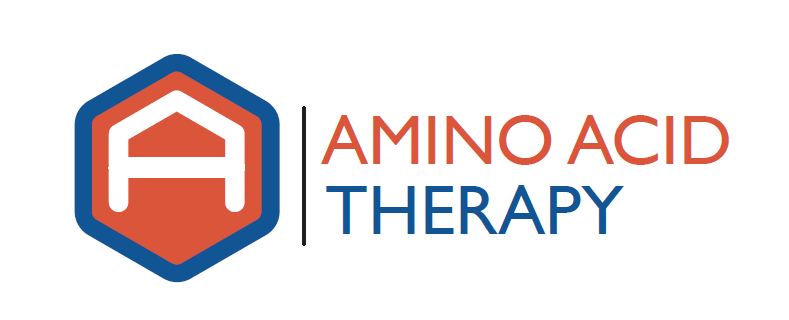Methylation is a biochemical process whereby one molecule delivers a methyl group to another molecule; this process is extremely important in a number of biological systems, including gene expression, detoxification, homocysteine metabolism and cardiovascular health. Methylation also plays a critical role in neurotransmitter balance.
In regards to neurotransmission, methylation plays an important role in the conversion of L-tyrosine into dopamine and ultimately into epinephrine.
Figure 1. Conversion of L-tryptophan and L-tyrosine into their respective neurotransmitters. Figure taken with permission from Marty Hinz, MD.
As can be seen from Figure 1, L-tyrosine is converted into dopamine, norepinephrine and epinephrine through a number of enzymatic steps. The conversion of norepinephrine into epinephrine involves the methylation of norepinephrine by an enzyme (called phenylethanolamine N-methyltransferase, or PNMT) which utilizes S-adenosylmethionine (SAMe) as the methyl donor. Therefore, the conversion or norepinephrine into epinephrine is dependent upon having enough SAMe in the system to provide the necessary methyl groups.
In most people with neurotransmitter imbalance, there is a severe deficiency of glutathione. Glutathione is a sulfur amino acid and powerful antioxidant that is produced in the body in order to neutralize neurotoxins that may cause neurotoxicity and many neurotransmitter related symptoms and disorders. Glutathione is often depleted because of increased need (due to exposure to multiple toxins and/or neurotoxins) and is almost always depleted when symptoms of neurotransmitter imbalance are present.
Figure 2. The methionine-homocysteine cycle.
As can be seen in Figure 2, glutathione is the end product of the methionine-homocysteine cycle. Glutathione depletion implies depletion of the other sulfur bearing molecules (i.e., the thiols) in the methionine-homocysteine cycle. In looking at Figure 2, you can see the S-adenosyl-methionine (SAMe) is one of those thiols. Depletion of SAMe will lead to a decreased conversion of norepinephrine into epinephrine, which is extremely important for those with adrenal fatigue and/or dysfunction.
Replenishing SAMe and glutathione stores are critical steps in restoring proper neurotransmitter function. Luckily, any of the circled thiols in Figure 2 can be used to replenish SAMe and glutathione stores. Of the available options, L-cysteine if by far the most cost effective and is the agent we most often recommend in the course of amino acid therapy.




Thanks for your article!
It makes me wonder why we should supplement with L-cysteine, which in the absence of B6 could lead to a backlog of homocysteine.
Why not rather supplement with B6 and NAC to allow the homocysteine to be properly converted?
Hi Michael,
I like the way you are thinking! We always provide B6 (and will often use an organic acids test to determine if other methylation factors such as 5-MTHF and/or methyl-B12 are needed). One could use NAC or Cysteine, as neither is directly used within the methionine-homocysteine cycle and should therefore not increase homocysteine levels. Both are useful as a precursor to glutathione. NAC has the advantage of being an antioxidant in it’s own right, cysteine has the advantage of being less expensive.
Thanks for the great question –
Sincerely,
Dr Chad